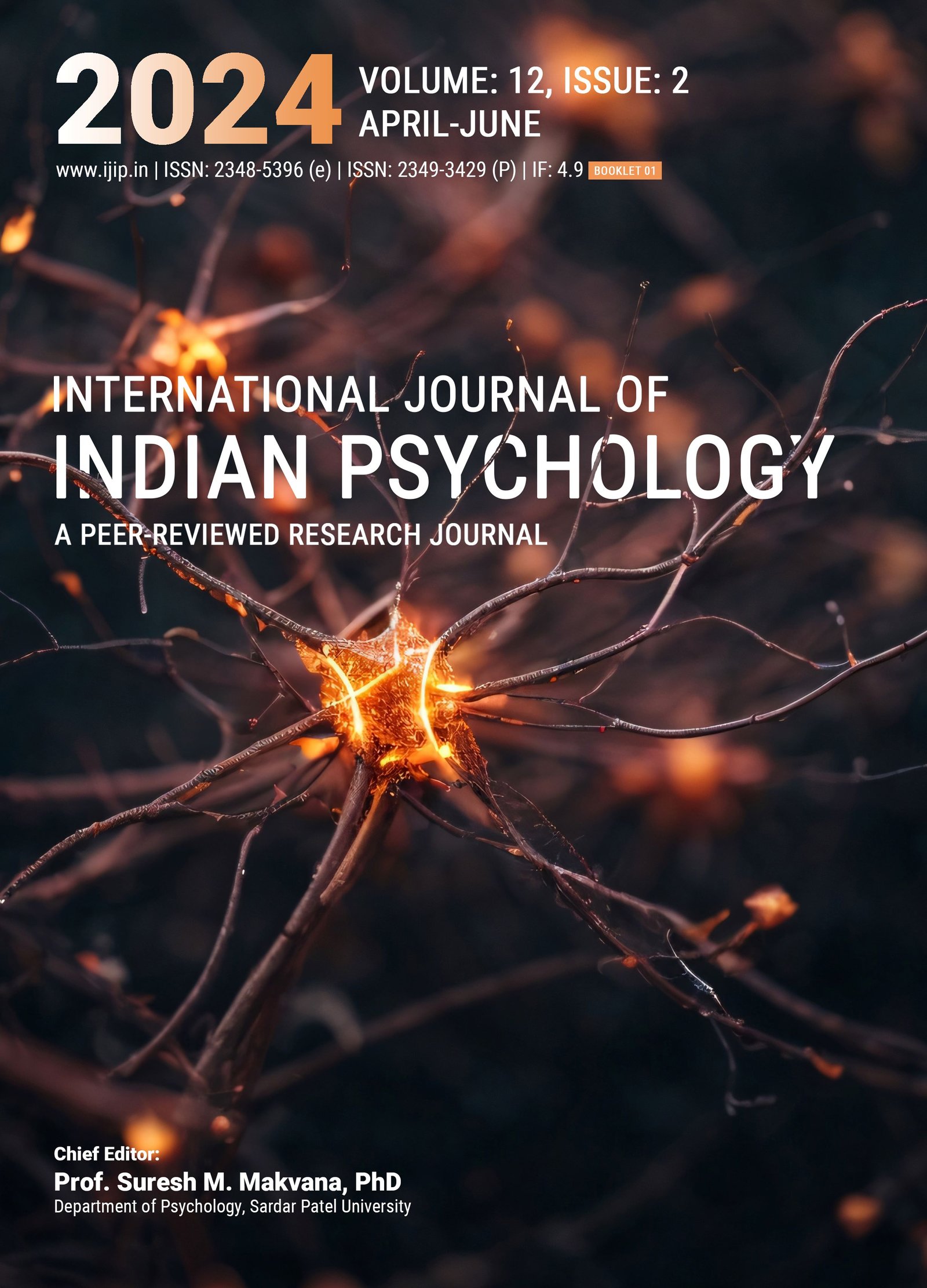The Relationship of Attachment Style with Marital Satisfaction and Positive-Negative Affect Among Homemakers and Working Women
DOI:
https://doi.org/10.25215/1202.106Keywords:
Attachment Style, Marital Satisfaction, Positive-Negative Affect, Homemakers and Working WomenAbstract
The study examines the relationship between attachment styles (anxiety and avoidance) and various psychological factors (marital satisfaction, positive affect, and negative affect) among working women and homemakers. Drawing upon existing literature, we investigate the relationship between attachment style, marital satisfaction, and emotional affect, focusing on how these factors differ between homemakers and working women. The research reveals that attachment styles significantly impact marital satisfaction. Using correlation analyses and ANOVA, significant differences and associations were observed between the two groups. Results indicate that homemakers exhibit higher levels of anxiety attachment, reflecting a propensity towards worry and insecurity in relationships, while working women tend to display more avoidance attachment, indicating a tendency to avoid emotional intimacy. Marital satisfaction was found to be higher among working women, possibly due to factors such as autonomy and financial independence. Negative affect was more prevalent among homemakers, suggesting higher levels of anger, frustration, or sadness. These findings underscore the importance of understanding individual and contextual factors in shaping marital experiences and emotional well-being.Metrics
No metrics found.
Published
2022-11-05
How to Cite
Pallavi Singh, & Dr. Namita Srivastava. (2022). The Relationship of Attachment Style with Marital Satisfaction and Positive-Negative Affect Among Homemakers and Working Women. International Journal of Indian Psychȯlogy, 12(2). https://doi.org/10.25215/1202.106
Issue
Section
Articles


